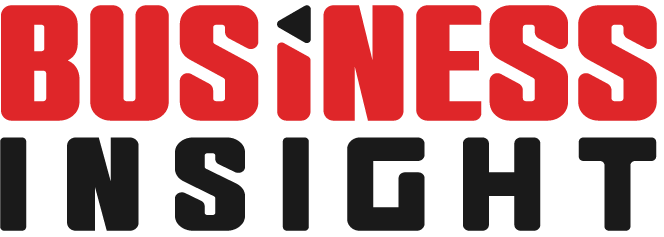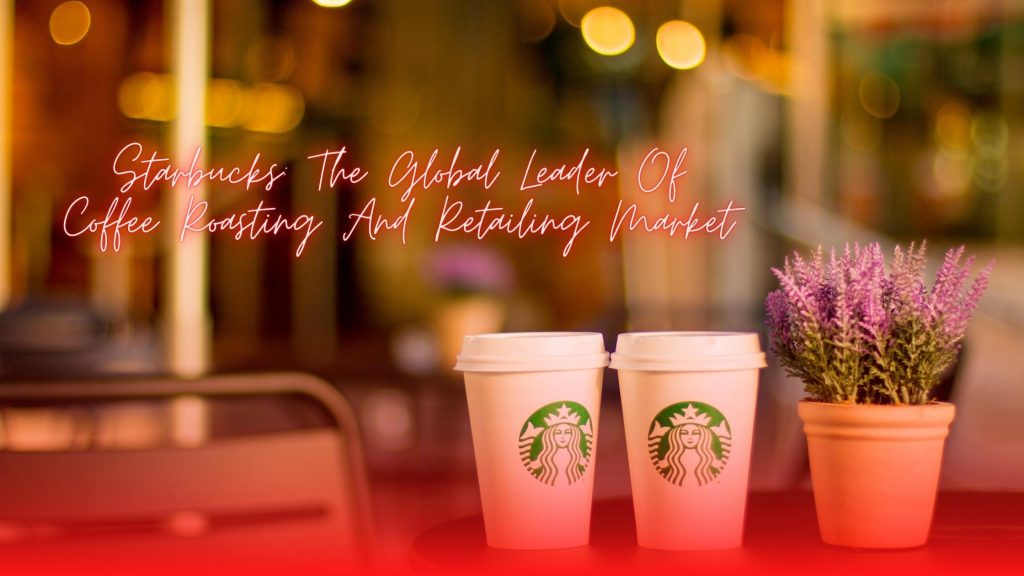Starbucks is the largest American coffee roasting and retailing shop chain in the world. It has 16,700 licensed locations and 17,133 owned. The brand has a 4.2 billion profit margin reported in 2022.
The obsession with Starbucks drinks has been a prime discussion in the consumer market. And it is safe to say that its products such as handcrafted beverages, mugs, accessories, packaging, non-food items, etc (all customized) are responsible for the reaction. There are at least 87,000 creative drinks they have prepared and still a lot of combinations to try out.
Its goods and services make the coffee house a premium product retailer. It instigates image, status, and high-class feeling in the customer’s mind. They have expanded to 84 countries by implicating the same strategies and tactics.
About the company: Mission And Vision
Starbucks is a public limited company with 383,000+ employees. The current CEO of Starbucks is Kevin Johnson. It has a market capital of 112.99 Billion USD.
The company started with a mission to influence the mass population. The mission statement implied that the core aspect of the company is to endure One individual, one cup, and one neighbourhood at a time and inspire & nourish the human spirit. Thus that explains 87k Starbucks drinks with other additional commodities. Quality and feel that is what they aim for.
Its vision is much more subtle. They want to create a sustainable and loyal relationship with the customers rather than having a one-time corporate or tradeoff type. Thus the vision statement stands to be dedicated and pleasing to its consumers, as it would treat customers like family. And that is what they do.
Starbucks: A Brief History
You might be quite familiar with the best Starbucks drinks, however, the history of the brand is unknown to many. Starbucks started its journey in late 1971. The first story was opened in Seattle near the pike marketplace. The three founders Jerry Baldwin, Gordon Bowker, and Zev Siegl started the place from borrowed money from just the passion for coffee and tea. They named the shop after a novel character from the book Moby Dick by Herman Melville.
Alfred Peet was another coffee and tea enthusiast who had been importing arabica coffee to America for over almost 1.5 decades. He was the inspiration for the coffee shop and coincidentally he became fascinated by its business and started supping coffee beans. Peet’s knowledge and passion for all sorts of coffee beans gave the founders the idea to be creative. Thus the journey of experimental and creative beverage combination started.
Early in the 1980s, Starbucks built four new shop locations in Seattle only from the profit of the first shop. At this point, it had risen above the competition and expressed itself as a coffeehouse. The brand they created took a turn and the two surviving partners split up. Siegl was held responsible for the account. But in 1980, Baldwin took over as president of the business, and the real coffeehouse chain journey actually began.
Starbucks: Things To Know
Now there are some things you might not know about Starbucks. Such as its loyalty program or the logic behind the logo or even its employee policy and so on. With a mug of Starbucks drink in your hand, know some interesting facts about it.
- The headquarters of Starbucks is on its founding ground in Seattle, Washington.
- The coffeehouse has about 34,317 shops in over 84 countries, whereas till 1999 it had only 1500+ locations.
- Starbucks offers five sizes of beverages, they are short, tall, grande, venti and trenta.
- Now there are five companies owned and controlled by Starbucks, they are Ethos Water Teavana, La Boulange, Evolution Fresh, and Seattle Coffee Co.
- The loyalty program of Starbucks entails that a customer will receive 1 point for every dollar spent and when they reach 150 points they get a free drink.
- The logo of Starbucks is not a mermaid, it is in fact a mythological creature called a Siren which mysteriously and nautically attracts people passing by with its voice which is unavoidable or impossible to ignore.
- Starbucks now owns its own coffee farm called Hacienda Alsacia in Costa Rica.
- the Starbucks Reserve Roastery Chicago is by far the largest coffeehouse shop in the Starbucks chain with 35,000 square feet of spaces and 5 stories
Starbucks: Revenue Model
The Starbucks revenue model has to be the most mainstream one. Because it is just sales and retailing, that is all. 60% of its revenue and profit comes from beverage shops. 8%-10% of the revenue comes from the food and goods as well as single-serve coffees & teas. Then about 16-18% comes from other sources and business arrangements.
Its 30k+ shops collect its revenue and in 2021, it collected 24.61 billion USD from the coffee house with a 4.2 billion USD profit margin. Even though they had to consider shutting down 400 retail shops in the COVID-19 pandemic situation in 2020, they bounced back by opening 300 locations more after the lockdown was over. So this is Starbucks’ revenue model, retailing, and sales and its current share price is around 88.69 USD with shares outstanding of 1.147 billion.
Global Brand Positioning of Starbucks
Starbucks used product differentiation for global brand positioning. There are five approaches to implicate the positioning. They are Pricing Emotional Response, Innovation, Brand Presentation, and Unique Experience.
The advantages Starbucks had here were its brand presentation, innovation, and unique experience assurance. All they had to do was to reach people by appealing to their culture, choices, and spending habits. This is what they did. People of the host region looked at it as an opportunity when the coffee shop chain entered their territory because of the brand name mostly.
Thus, they did not have to attain extreme levels of marketing tactics to invite people in. its standard procedure included getting legal clearance, setting up, recruiting, and opening. People were already intrigued by the obsession of Americans over Starbucks so they had to check it out, right when the differentiation strategy turned them into loyal and permanent customers.
Starbucks: Strengths And Limitations
There are several limitations the coffeehouse chain has that create obstacles in different regions. Direct consumer services have been hampered by restrictions including expensive costs, product copycatting (as the recipes and product are not really unique or copyrighted), and universal standards for the bulk of products. Then there are European Tax avoidance, Procurement Practices, Recall of Products, and the worst holiday drink ratings that have held it back in the industry.
But the limitations of the coffeehouse have been near dismissive in comparison to its strengths. First on the list is a Strong brand image and Strong financial performance which will always be its biggest power. There is Growth of stores, extensive international supply chain, acquisitions, moderate diversification, reinvestment, and the business strategies that give it the legal and regulatory advances. Finally, the Quality, Taste and Standardization, Efficiency, and effective & engaging loyalty program always support the business.
Conclusion
Starbucks is the embodiment of astute marketing, dependability, perseverance, as a retailer, and first-rate customer service. Its revenue and positioning model is a reflection of its passion and careful strategizing. Starbucks Coffee’s mission statement is short, inspiring, and concentrated on achieving and maintaining the top spot in the coffeehouse and coffee industry. The company’s management and other human resources (staff members, and the baristas) are motivated by this focus on the market and building long-lasting relationships.



